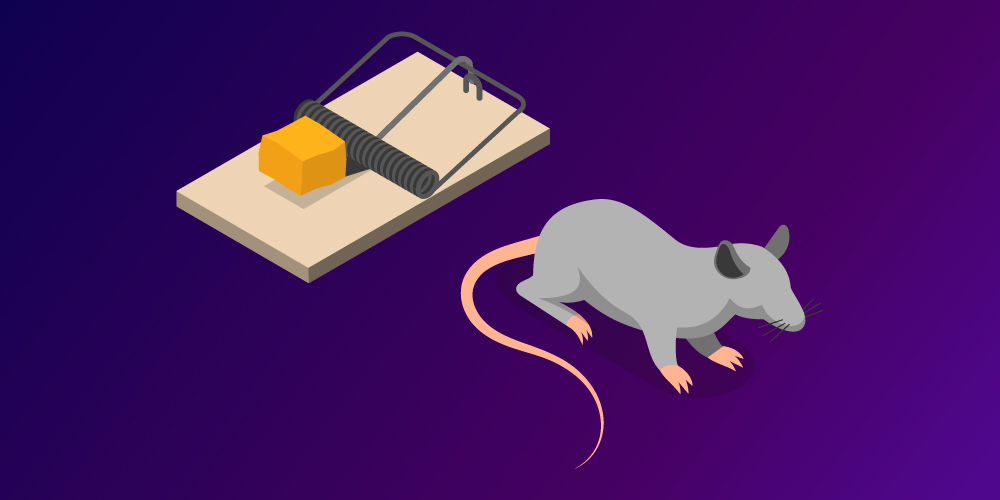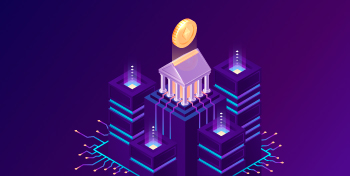Like Bitcoin (BTC), Ethereum requires a large number of calculations to create and move coins through the blockchain. This process is called “mining”. It unites tens of thousands of enthusiasts and professionals around the world, allowing their computing power to verify transactions and receive new generated coins as a reward.
And now Ethereum 2.0 will completely change this concept on its blockchain. This update will change the way the network works and create a new ETH. The Ethereum mining known to us will become obsolete, freeing up thousands of video cards.
The History of Ethereum
Satoshi Nakamoto’s proposal in 2008 turned out to be revolutionary. His idea was to create a decentralized peer-to-peer network without the intervention of third parties, working on the basis of cryptographic concepts: thus, the proof of work system – PoW was born.
Seven years later, the Ethereum blockchain was launched, using the same consensus algorithm. Vitalik Buterin and his colleagues have developed a network that allows multiple computers to check transactions and the state of the database at any time.
Speaking of proof of work, the algorithm underlying the current iteration of the ETH network forces thousands of video cards to work together to create new blocks, which requires a significant amount of time and energy. This is an important issue that does not allow environmentalists and manipulative billionaires to sleep peacefully (this is about you, Elon Musk).
What is Proof Of Stake
One of such powerful technologies, which is the true embodiment of technological democratization, is Proof of Stake, which plays a crucial role in the smooth functioning of the blockchain economy.
To understand the PoS protocol, we need to first understand what is consensus in the blockchain ecosystem?
In a distributed and decentralized blockchain ecosystem, such as Ethereum, any transaction that passes between the sender and the recipient must be confirmed by miners in order to be safe and reliable. Only then can it get approval to participate in the blockchain. There should be some kind of agreement between all participating nodes of the network to ensure that the state of the specified transaction is completed, and can become part of the blockchain network.
This process of agreement is known as the consensus mechanism.
Consensus mechanisms (also known as consensus protocols or algorithms) allow decentralized systems to work consistently and remain secure. This consensus mechanism uses strong cryptography to help prevent certain types of false attacks on transactions occurring on the blockchain network, and helps the network to be secure.
Theoretically, an attacker can break the consensus by controlling 51% of the network. Consensus mechanisms are designed to make this “51% attack” impossible. Different mechanisms have been developed to solve this security problem in different ways.
Proof-Of-Work has certain limitations and tries to scale over time to support the ever-growing demand for the energy needed to confirm transactions.
Why PoS?
The main reason that PoS is becoming de facto is the security requirements of the blockchain. The blockchain network is supported by the fact that you will need 51% of the network’s computing power to cheat the chain. This will require increasing investments in equipment and energy, since you, as a miner, are likely to spend more than you receive. This scalability problem led to the birth of the Proof-Of-Stake consensus algorithm.
Proof-Of-Stake is designed to be very energy efficient, and also boasts a lower GAS commission per transaction, which is a serious problem in the PoW mechanism.
Ethereum with the planned version 2.0 has realized the advantages of PoS and is actively working on updating its current blockchain system, and one important change that is planned to be implemented in the near future is the adoption of a Proof-Of-Stake consensus mechanism. .
PoS algorithms encourage users to confirm network data and ensure security by making a deposit, a technology called staking. The iteration of the concept, known as Delegated Proof of Stake (DPoS), works similarly, but has a voting and delegation mechanism that makes the process more democratic.
Proof-of-Stake (PoS) consensus algorithms make blockchain networks more efficient by eliminating the energy-intensive computational mining processes inherent in Proof-of-Work protocols.
To be a validator, you need to delegate enough coins to staking and meet the minimum requirements for the betting threshold defined by a specific blockchain system.
Although this milestone should only come yet, the miners have already raised a fuss. At the moment, they are actively investing in the current consensus, which seems to be more profitable. Over the past six months, the network has experienced periods of terrible congestion, which led to astronomical fees that miners were happy to collect. However, as you might have guessed, with the change in consensus, mining will no longer be necessary for the network to work properly.
So, where will the miners go?
Youtuber and crypto miner Michael Carter made 10 different predictions about the future of Ethereum mining. In his forecasts, which take into account various scenarios of prices and volumes, Carter comes to the conclusion that changes will be inevitable, but if another blockchain confirming the work turns out to be more profitable for miners, then at some point migration will be required.
At the same time, the YouTuber warns not to rush. The update has not yet been released, and the fees that have increased in recent months may allow patient miners to consolidate long-term goals.
Carter expressed confidence that miners currently have two profitable alternatives: Ethereum Classic (ETC) and Ravencoin (RVN). According to him, these two networks with a market capitalization of $ 6.5 and $ 1.1 billion, respectively, seem to be potential competitors, even if they are less well-known.
A trap to avoid

We are talking about revolutionary changes in the functioning of the Ethereum 2.0 network. However, this transition will not happen overnight. Multiple hard forks and protocol modifications are planned in the coming months. Among these updates, it is important to mention the London hard fork which took place on June 30, 2021.
This update may be a little late, but netizens have all been looking forward to it. It is aimed at reducing network fees, which inevitably affects the remuneration of miners. To do this, a proposal to improve Ethereum (EIP) 1559 is presented at the London hard fork. This EIP will allow the network to automatically determine the amount of transaction fees charged by users to burn them.
Vitalik and his team intend to turn Ethereum into a deflationary asset, the value of which will eventually increase (unlike fiat currencies such as the dollar). We remind you that this mechanism of burning tokens implies sending them to ETH addresses that no one can access.
Clock is ticking
Thus, the introduction of EIP 1559 sets a countdown that determines when miners can abandon ETH in favor of other blockchains. One thing needs to be balanced: since most of the miners leave the Ethereum network after the EIP, those who remain faithful to the protocol will receive much more (due to the lower hashing speed).
The largest mining pools, such as SparkPool and F2Pool, have been preparing for this change for several months, and are closely monitoring its development. Interesting fact: F2Pool spoke in favor of EIP 1559. In fact, the mining pool made a bet that the price of Ethereum after the update will grow faster than its mining-related revenues, which will more than pay off.
Other alternatives

In conclusion, it should be said that Ethereum miners will still have to make a choice. Even if they do not switch to mining other cryptocurrencies, they have several options to choose from.
First, we can see the resale of mining equipment on the secondary market. The rapid growth of cryptocurrency mining has led to a shortage of video cards around the world. However, if everyone decides to resell, the supply may exceed the demand.
Another option for miners is to launch a sublease of their computing power. This is very necessary during a pandemic to help research centers around the world. It is often overlooked that algorithms for modeling the location and evolution of molecules require large resources. However, IBM has created a service where everyone can provide their computing power to help research laboratories.
We can also imagine other ways to use this computing power. For example, we can see similar initiatives working on modeling large urban networks in order to reduce the impact of cities on the environment (wastewater, waste, pollution, soil degradation, etc.).
In the end, it is up to the miners themselves to decide. But from the point of view of crypto-enthusiasm, most likely most of them will choose other blockchains with a POW consensus, as mentioned above. Some miners on Twitter believe that this has gone beyond a simple financial interest, and the technology itself has become a real attraction.


